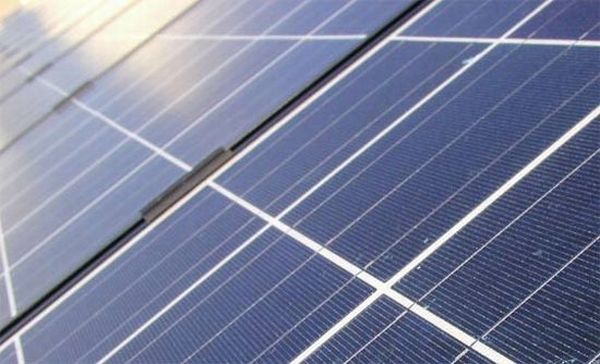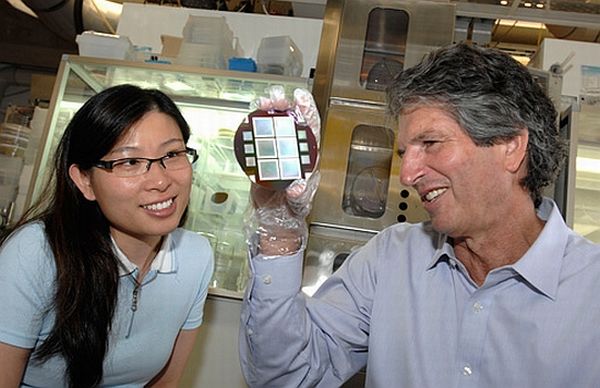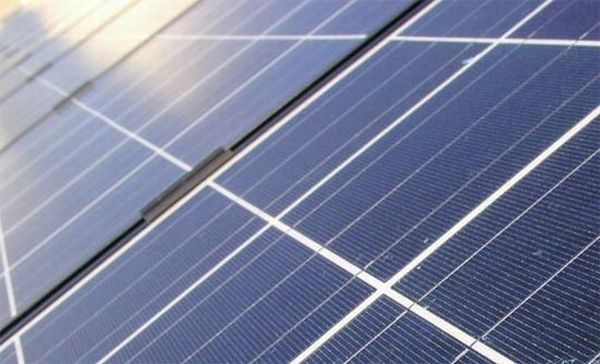
The concept of non-conventional sources of energy is becoming a major subject of research as our planet is running out of its resources of non-renewable energy such as coal, petroleum, etc. It’s time to switch over to greener energy resources. Among these non-conventional energy sources, solar energy comes in the top of the list.
Though scientists have made immense research and development in the field of inexpensive utilization of solar energy, still there is scope for improvement as far as efficiency is concerned. A low cost energy production is also important to make it usable at every level.
Following are five highly efficient solar panel technologies which are most likely to become the next generation’s main power sources:
1. Nanotechnology powered DSSCs

Researchers of Ohio have designed this low – cost, beautiful solar cells known as Dye Sensitive Solar Cells (DSSCs). Made up of a mixture of ruthenium and either of titanium or zinc oxide, these cells have the capacity to absorb solar radiation. But the only problem lies in the transfer of power in order to utilize it. The Nanotechnology finds its application here as these cells are provided with Nanowires which transfers the absorbed solar energy. Scientists are still doing research to design Nano-trees in order to increase the efficiency and reduce the cost.
2. World’s most efficient solar cell by Australian developer

Recently researchers from the University of South Wales of Sydney, Australia have developed the world’s most efficient solar cell which utilizes 43% of the incident solar radiation. The multi-cellular design enables it to utilize the spectrum band between infra red and visible red photo radiations. The use of expensive semiconductors such as Indium, Gallium, Phosphorus, etc. have indeed made it a highly efficient solar cell though it may not be affordable for use at domestic or industrial level. Still it suggests the scope of design of highly efficient solar cells if the production cost is reduced.
3. Spherical Solar Cells

Texas Instruments from Japan was the first to make Spherical Silicon Solar Arrays. It consists of a p-n-p arrangement where spherical silicon cells (1 mm dia.) are placed in reactors (2.2-2.7 mm dia.) which ensures absorption of solar radiations from every possible angle. Here, the inner surface of the silicone acts as the p – electrode whereas, the outer surface acts as the n – electrode. This set-up is highly efficient and upto 5 times cheaper than the conventional solar arrays.
4. Day4 Energy Panels

Day4, a Canadian firm has introduced Solar Panels which is supposed to reduce the solar energy cost by 25%. The conventional solar panels make use of bus-bars to transfer the solar energy absorbed. The use of bus-bars increase the temperature and reduce the effective area for proper absorption of solar rays. As a remedy to this, Day4 uses copper wires in the place of the bus-bars in the solar panels to avoid excess heat formation and provide ample space for the solar radiation to interact with the photovoltaic cells to produce more energy output. This firm also demands that their panels will increase the efficiency of solar panels by 14-17%. Day4 is also about to introduce an electrolyte in their product to increase the efficiency of the solar panels.
5. Sanyo’s Silicon Solar Cells
![]()
Sanyo Electric Company has developed the world’s most energy efficient Crystalline Silicon Solar Cells. The HIT cells (Heterojunction with intrinsic thin layer) designed by them operates with a high efficiency of 23%. The company says that this cell has been made highly efficient by reducing the optical absorption loss and the resistance loss. The unique design is like that of a sandwich consisting of crystalline silicon between two layers of ultra-thin amorphous silicon. This unique model ensures maximum absorption of the solar radiation by the Heterojunctional Silicon layers and thus yields a high energy efficiency.




